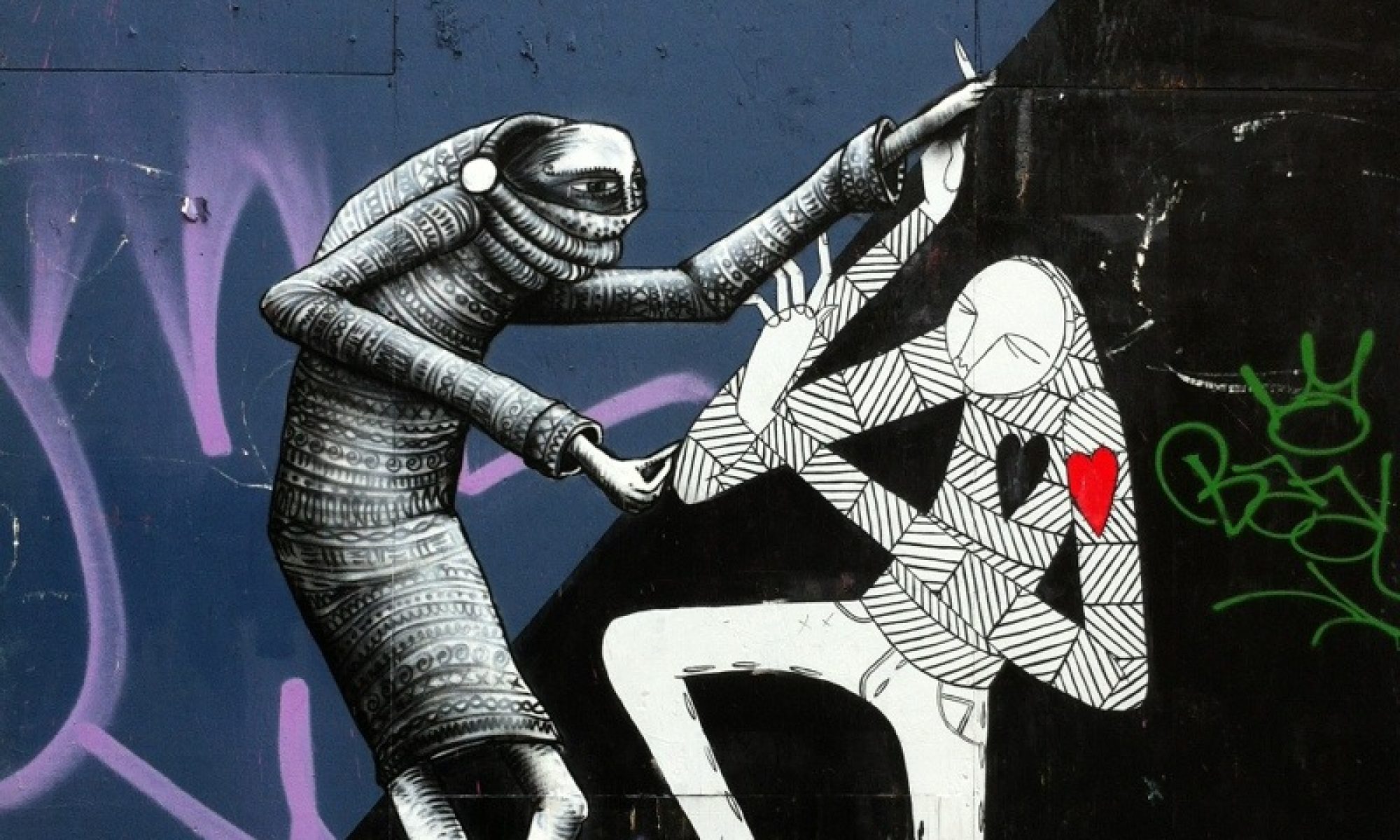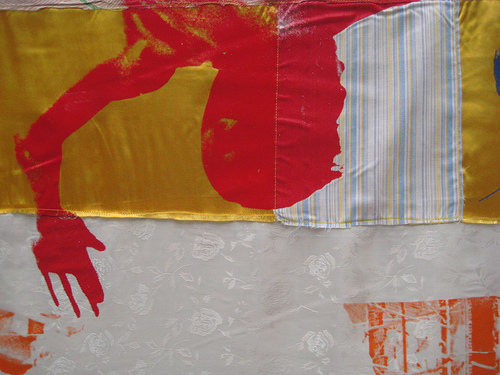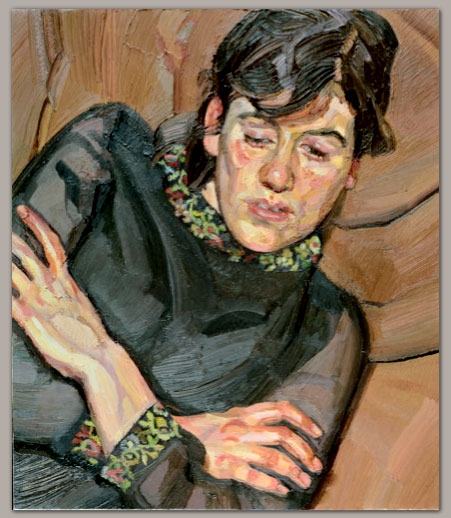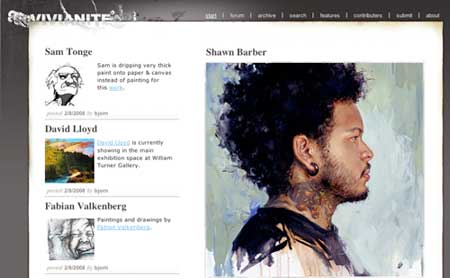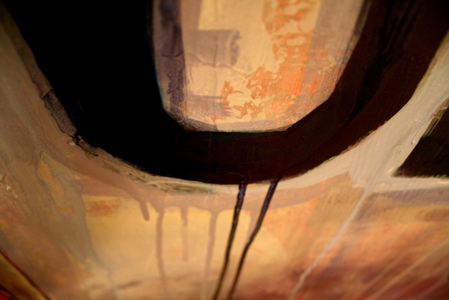I was walking around 5th ave. and 68th and ran into a gallery which was showing Robert Rauschenberg’s work. I will write soon about the show. But for now you can view most of it on my flickr page. I really enjoyed this find.
Lucian Freud Online Exhibit
MoMA.org has an online exhibit for artist Lucian Freud. You should see it at fullscreen for best results. You can zoom into the paintings and view the detail of the brush/pencil work. You can learn about Freud’s sitters and subject matter, techniques and background. This is a great idea and I think it should be done more often.
vivianite . net
My good friend Bjorn has created a gateway for artists to learn of others inspirations and techniques. Vivianite is an incredible site that features up and coming artists around the world. Check out the newly re-vamped website and be inspired.
recent painting process
In this last series, I wanted my canvases to be thick with layers, I wanted to allow each of them through. On some occasions, I began by applying a think coat of gesso with a palette knife or cardboard and create subtle waves of texture/thick paint. Then I apply a thin background color. In other paintings I used newspaper for texture as well. I also used spray paints and stencils for patterns in some layers. I do have a tendency to paint too thick, so I lost some layers after a while… I then make a rough drawing with a thin brush to get the main shapes and idea down. I begin with thin layers of paint and start working in the color. At the end I remove the scotch tape I placed in the beginning layers so they peek through, like this.
how to: clean your brushes
One might think that there is no science to cleaning brushes, but If you want long lasting painting brushes, here are a few tips. After finishing your painting, or taking long brakes (many hours or days), clean the brush throughly with turpentine (oils) or water (acrylic). When removing the paint, don’t rub the brush hard on the bottom, this will brake the bristles and damage your brush quicker. Just soak it in the solution and pad it on the insides of the container to remove excess. then use a brush cleaner (Lava soap or special brush soap) using the same technique from before to remove paint. Once the brush is clean, dry it with a cloth or paper and straighten/flatten the bristles with your fingers. No need for it to be 100% dry, it can finish drying once put away.
sidenote: With oil painting: the main issue I remember when learning how to paint with oils is that you need to keep your brushes clean in-between color, or keep (different) colors separated by brush… if not, you will get mud very quickly…and frustrated even quicker.
